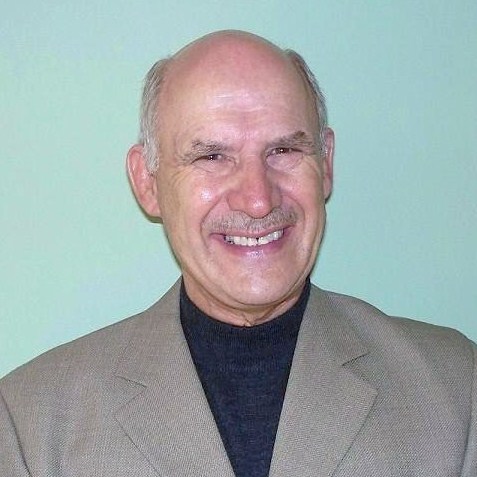As a member of the RCMP, I had many opportunities to observe people in the quiet of a courtroom, undertaking an oath—I swear to tell the truth, the whole truth, and nothing but the truth….I found that the truth often tumbles forth in favour of one’s own interest, and almost without exception, people see things, recall things, and report things in a way that place them in a more positive light than the truth or the facts of the case may otherwise suggest. I have to discipline myself a bit here on the police view of things—am I implying everybody lies in court proceedings? Certainly not. I am saying though, that in large measure, we colour and process information to improve our case in a given situation. It just happens that in a court setting our patterns of behaviour are more easily observed and recognized for what they really are.
The very first murder investigation I was involved in occurred in New Brunswick in the winter of 1962. The body of a partially clad man, with numerous stab wounds in his chest, had been found frozen in a snow bank. I was responsible for guarding the body through the night of his discovery, and to witness the forensic autopsy the following morning. At the morgue, clothing was removed and the body was covered with a large rolling sheet of heavy waxed paper. And all through the long night as the body warmed, and outstretched limbs slowly began to thaw, the waxed paper shifted and jolted, literally rattling the night away. Needless to say, I had no worries that night of falling asleep on the job.
Witnessing my first autopsy wasn’t something I looked forward to, and I was pleased to say “Good morning” to the pathologist and to get on with it. The pathologist, friendly and outgoing, explained a lot more to me than I really felt I needed to know. I recall that for days thereafter I avoided all food containing any trace of meat.
A subsequent investigation resulted in the arrest of a suspect. I was present during trial proceedings, and guarded the accused whenever outside prison cells. Seeing and hearing the evidence, listening to persuasive arguments from both the prosecution and the defence, followed by the closing remarks of the presiding judge, a new reality began to emerge. And for me, that reality was too often far removed from the cold reality of a dead man lying in the snow. However in this case sanity prevailed, and the accused was duly convicted of murder.
That prolonged criminal trial introduced me to the many twists and turns in the wind when we try to recreate and interpret the past. My thoughts wandered elsewhere, and especially to those of us who struggle with our spirituality, and experience a lack of clarity in interpreting the many pieces of information at our disposal, it becomes easy to realize, just how immensely difficult it is to appreciate and fully understand the whys and wherefores of important events in the past.
In mulling over the differing views, the variances and personal assessments by individuals in the here and now, it got me pondering the question of how immensely difficult it is in reaching a common view on matters pertaining to faith-based living. Yet, it’s perhaps fair to say that the very high threshold of unknowingness in our spiritual lives is what often catapults us towards searching and seeking, from within and without, for the powers of God.


